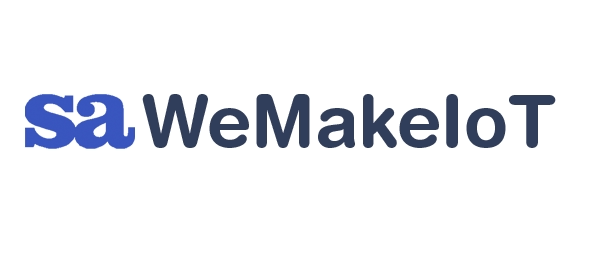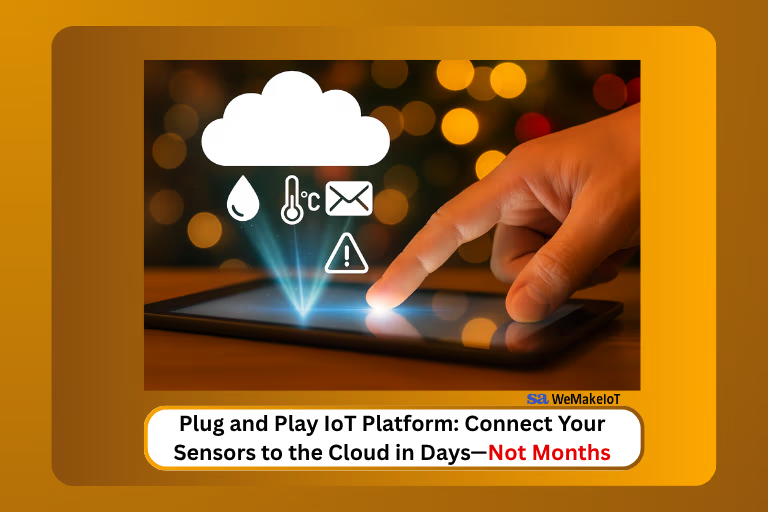Part 1: Connect Your Sensors to the Cloud in Days, Not Months
Real-time data from physical environments, such as temperature, pressure, or motion, drives smarter business decisions. However, transferring this sensor data to the cloud often turns into a frustrating process. Teams face roadblocks like custom coding, incompatible systems, and months of delay.Fortunately, it doesn’t have to be this way. With a reliable IoT cloud integration strategy, you can unlock insights quickly. Teams stay focused, and your IoT deployment moves from concept to reality in a matter of days.The Hidden Costs of Delay
Many organizations tell us the same thing: “Our sensors work, but they’re not connected to the cloud.” That disconnection leads to a chain of problems. Skilled teams shift their focus from innovation to backend development and device integration. Data reading, secure transmission, and visualization each create a bottleneck.Meanwhile, your business goals suffer. Missed deadlines. Missed opportunities. Lost competitive edge.What If Setup Was Simple and Fast?
What if the entire setup process took just days instead of months? You wouldn’t have to build dashboards or write custom code.With a plug-and-play IoT platform, you can:
- Monitor devices and environments remotely
- Avoid backend burdens and deploy without code
- Scale quickly from pilot to production with minimal changes
Your Path to Cloud-Connected Sensors: Build or Accelerate
To bring sensor data to the cloud, you can take one of two proven paths.Option 1: Custom Development – Total Flexibility
You can build a tailored solution using tools like ESP32, Raspberry Pi, AWS, or Azure. This approach gives you complete control.But it comes with trade-offs:
Custom architecture requires time and expertise. You’ll spend significant effort on development, testing, security, and scaling. In the end, it works—but often at the cost of speed and team bandwidth.Option 2: Use a Ready Platform – Faster Results
If speed and simplicity matter more, ready-made platforms like SensorVision offer a smarter route.Here’s why:- Prebuilt dashboards save weeks of UI work
- Standard protocol support (MQTT, HTTP) gets devices online quickly
- You gain real-time IoT insights, alerts, user access controls, and full visibility instantly




